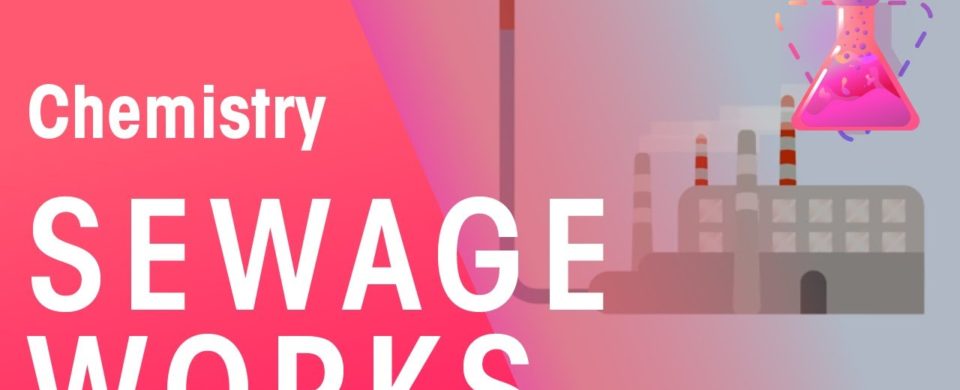How Is Water Treated In Sewage Works | Environmental Chemistry | Chemistry | FuseSchool
The aim of sewage treatment should be to return nutrients back to the soil, but without any harmful pathogens.
Composting toilets do this, making use of aerobic bacteria to achieve a pathogen free fertiliser.
However, most toilets are flushing toilets. They use a lot of water, which is sent down the sewers and into the sewage works. Here, the pathogens and waste are separated from the water, with clean water being returned to rivers.
In this video we look at the different stages that happen inside the sewage plant, from separating the large objects to the smaller debris. Sedimentation tanks, anaerobic digesters, pumps and machinery are used.
SUBSCRIBE to the FuseSchool YouTube channel for many more educational videos. Our teachers and animators come together to make fun & easy-to-understand videos in Chemistry, Biology, Physics, Maths & ICT.
VISIT us at www.fuseschool.org, where all of our videos are carefully organised into topics and specific orders, and to see what else we have on offer. Comment, like and share with other learners. You can both ask and answer questions, and teachers will get back to you.
These videos can be used in a flipped classroom model or as a revision aid.
Find all of our Chemistry videos here:
Find all of our Biology videos here:
Find all of our Maths videos here:
https://www.youtube.com/watch?v=hJq_cdz_L00&list=PLW0gavSzhMlTyWKCgW1616v3fIywogoZQ
Twitter: https://twitter.com/fuseSchool
Access a deeper Learning Experience in the FuseSchool platform and app: www.fuseschool.org
Follow us: http://www.youtube.com/fuseschool
Friend us: http://www.facebook.com/fuseschool
This Open Educational Resource is free of charge, under a Creative Commons License: Attribution-NonCommercial CC BY-NC ( View License Deed: http://creativecommons.org/licenses/by-nc/4.0/ ). You are allowed to download the video for nonprofit, educational use. If you would like to modify the video, please contact us: info@fuseschool.org
Comments are closed.

